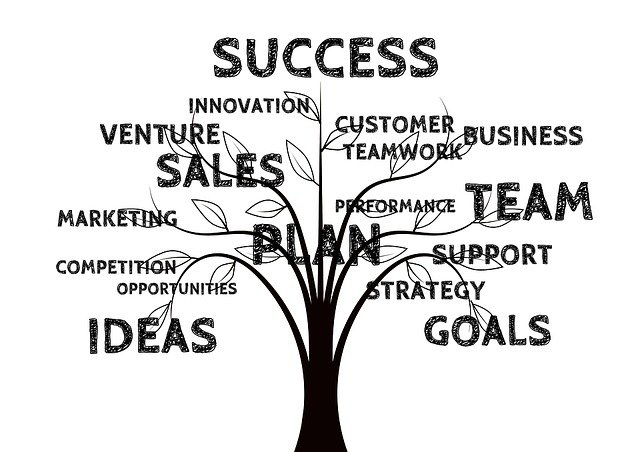Better the Devil You Know: Why Switching CRM Systems Can Lead to Regret
When it comes to managing customer relationships, the search for the perfect CRM system can feel like a never-ending journey. Many companies find themselves excitedly exploring new platforms, lured in by promises of improved efficiency and sleek features. But here’s the reality: sometimes, the grass isn’t greener on the other side. A significant number of organizations that leap into a new CRM end up regretting their decision and returning to their old system—often at a considerable expense. Let’s explore why sticking with the devil you know can be the smarter choice.
The Temptation of New CRM Systems
Picture this: you’re scrolling through the latest CRM options, captivated by shiny dashboards and rave reviews. Your current system may feel outdated, but is a change really what you need? The initial excitement can quickly fade once you start the transition process.
The Bumps in the Road
- Training and Adoption: Remember the last time you had to learn a new piece of software? It can be a frustrating experience! When switching CRMs, your team faces a steep learning curve. Everyone has their preferred way of doing things, and learning a new system can disrupt established workflows, leading to confusion and mistakes.
- Data Migration Woes: You finally make the switch, only to discover that crucial customer data didn’t transfer properly. Data can get lost, corrupted, or misaligned during migration, creating a nightmare scenario where you spend hours trying to recover vital information that should have come over seamlessly.
- Integration Headaches: If your business relies on various tools, ensuring that your new CRM integrates smoothly with them can be a challenge. You might find that the shiny new system doesn’t play well with your existing software, creating bottlenecks that hinder your operations. Suddenly, you’re juggling multiple systems, which can feel like a step backward.
- Hidden Costs: The excitement of a new CRM often comes with unexpected costs. Training sessions, subscription fees, and potential downtime during the switch can quickly add up. If the new system fails to deliver the promised return on investment, you could be left feeling financially strained and regretting the decision.
The Pull of Returning to Familiarity
After investing so much time and money into a new CRM, the thought of reverting to the old system might feel like admitting defeat. Yet, many companies find themselves doing just that. Here’s why:
- Comfort in Familiarity: Your old system may have its flaws, but it’s familiar. Your team knows how to navigate it, and everyone feels more at ease operating within a system they’ve mastered.
- Established Workflows: Over the years, your team has crafted workflows that work well with the old CRM. Trying to replicate those processes in a new system can lead to frustration and inefficiency. Sometimes, the learning curve just isn’t worth the effort.
- Access to Historical Data: Years of customer interactions and insights are stored in your original CRM. Losing that continuity can disrupt relationship-building efforts, and the thought of starting from scratch with a new system can be daunting.
Conclusion: The Power of Thoughtful Decision-Making
Switching CRM systems may seem like an exciting opportunity, especially when you’re feeling the strain of an outdated platform. However, it’s essential to carefully weigh the pros and cons. Before you make the leap, take a moment to assess your current needs. Investing in training or optimizing your existing system might yield better results than jumping into a new one.
Sometimes, the devil you know truly is better than the devil you don’t. By understanding your current CRM and maximizing its potential, you may find that you can achieve the growth and efficiency you’re after—without the headaches of a messy transition. A thoughtful approach can lead to a much smoother journey in managing your customer relationships.


